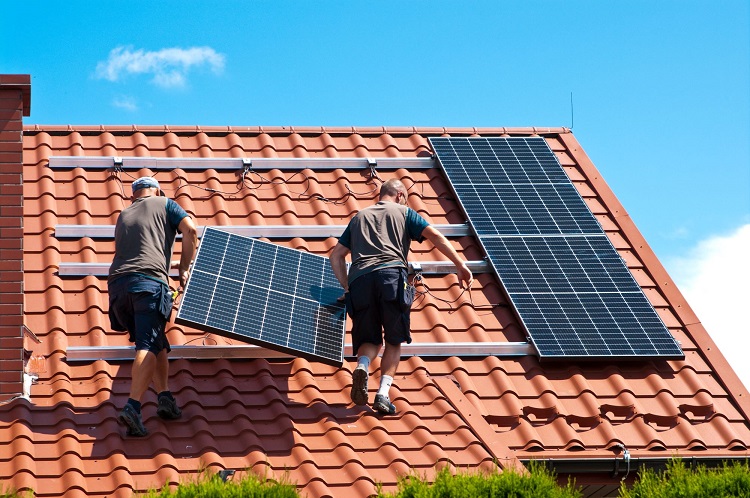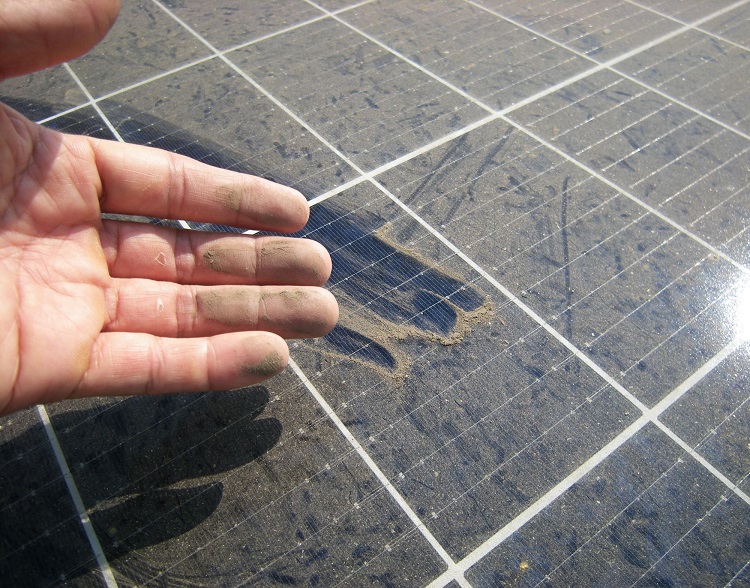
As homeowners discover the numerous benefits of switching to solar, more homes are flaunting shiny panels on their roofs. It helps cut down on bill cost and help reduce your home’s carbon footprint.
That said, installing a solar panel can be costly. For a 9.1 kilowatt (kW) residential system, the average cost of solar panels is slightly above USD$ 38,000. So, whether you’re considering installing a solar panel on your roof or already have one, you must get the most out of this significant investment. This article shares tips and tricks to help you maximize your solar panel use.
- Choose The Right Panels
Getting the most out of your solar panel starts by choosing the right ones. So, if you’ve yet to buy solar panels, consider researching the best types that offer higher efficiency.
Solar panels are available in various types, materials, costs, and structures, all of which can determine their efficiency. Generally, the higher efficiency models are more expensive. While it may seem costly, buying a higher-efficient model can provide better results.
Monocrystalline solar panels have higher power capacity and efficiency ratings than all available panel types. It can generate more power than other panels, thanks to its higher capacity that can provide up to 300-400 watts.
- Use It More During The Day
Solar panels need the sun’s energy to produce electricity. As such, using more energy while the sun is shining makes sense. This means running appliances during the day as much as possible. While you can invest in a solar battery to store any excess energy, you’ll get maximum output from your solar panels on electricity when used immediately.
Adjust your habits and do most electricity-consuming daily chores, including using the washing machine, vacuum cleaner, and dishwasher. You should also charge your gadgets and devices during the day and unplug them at night.
- Get A Solar Battery
Speaking of solar batteries, purchasing one can help you maximize the use of your solar energy system. With the correct solar battery, you can enjoy a steady power source at night or during emergencies during outages.
It provides energy security with 24/7 electricity. A solar battery also ensures that the power your panels generate during the day isn’t wasted if you’re not at home to use it immediately.

- Don’t Forget To Clean Your Panels
Traditional solar panel installations don’t have any moving parts. As such, they have minimal maintenance. That said, since they’re static, solar panels also accumulate debris and dust. When dirt covers the panels, energy production also decreases. Experts claim that dirt and dust build-up on your panels can reduce their output by up to 7%.
So, you must keep up with your panel’s routine cleaning to remove grime build-up. Using a garden hose, you can quickly rinse off the dust on your panels. You can use a soft rag and gentle cleaner to scrub the surface for more stubborn grime. You can use a long-handled mop to rub off grime to clean hard-to-reach panels.
Calling an expert solar cleaning service is a practical and safer choice if you don’t have time to clean your panels or have a steep roof.
- Trim The Trees
As mentioned before, solar panels need direct sunlight to produce electricity. So, if an overgrown tree blocks out the sun, the energy output also decreases.
You want to eliminate tree branches casting a shadow on your panels to get the most out of energy production. Trimming back these branches can ensure that your panel can access the sunlight and produce more energy for your home’s needs.
- Get A Solar Power Concentrator
As the solar energy system industry evolves, manufacturers offer handy tools to maximize your system’s output. One such tool is a solar power concentrator that maximizes the power of your solar panels by concentrating sunlight. Using mirrors or lenses, this tool can help concentrate a large amount of sunlight onto a panel.
This is particularly beneficial if unremovable structures, like a chimney or a neighboring tall building, cast a shadow on some parts of your panels. It casts light onto the panels, maximizing the output from shaded solar panels.
Takeaway
There’s no doubt that solar energy systems are the future. Solar panel installation is an excellent way to cut back on monthly expenses, ensure a more sustainable home, and protect you against energy outages.
And while solar panels continue to become cheaper yearly, it is still a significant expense for most homeowners. As an expensive home upgrade, you must only make the most out of your solar panels. By following the tips and tricks above, you can rest assured that you’re getting the highest return on investment possible.



